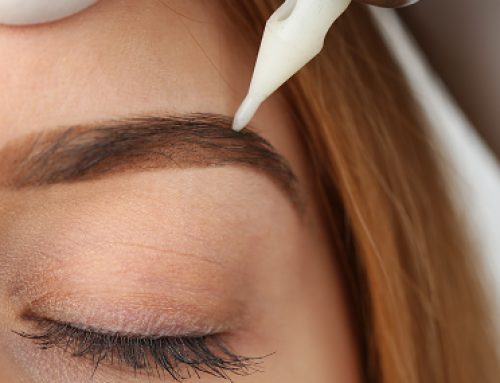If you are thinking about creating a permanent eyeliner, eyebrows, or lip color, then you have probably considered micropigmentation. The procedure goes by a number of names in addition to micropigmentation, including dermagraphics, permanent cosmetics, cosmetic tattooing and transdermal pigment implantation. Regardless of what you call it, the results are the same: micropigmentation is a cosmetic procedure that uses tattooing to permanently enhance or restore facial features.
How do you know if micropigmentation is right for you? If you like the idea of permanent make-up, or if applying makeup is difficult because of failing vision or poor hand control, then this procedure may be right for you. In addition, if you have lost eyebrows or eyelashes because of trauma, illness, or medical treatment, then micropigmentation might be something you will want to consider.
Before you dive right in, there are some things you should consider.
Five Things to Know About Micropigmentation
First, the areas of the eyes and lips are particularly sensitive, and depending on your pain threshold, the procedure can be more than uncomfortable. If you have a low pain threshold, ask for a topical anesthetic cream or gel to make you more comfortable.
Second, the technician performing the procedure should always wear surgical gloves to inspect the skin in the treatment area to make sure it’s in good shape. The area being treated should be cleaned with alcohol or an antiseptic solution before picking up the micropigmentation pen. The micropigmentation needle moves up and down very quickly, depositing the chosen pigments into the top layers of the skin. The procedure takes about an hour, depending on the size of the area being tattooed. Micropigmentation can be broken up into multiple sessions, if necessary.
Third, expect minor swelling, but know that you can return to work immediately. However, the area treated will have obvious redness and scabbing for at least a week. Results are immediate, although the full result won’t be seen until about three weeks after the color has faded and the scabs are gone.
Fourth, know your risks. Although the risks of micropigmentation are few, they can occur. These include line asymmetry, an allergic reaction to the pigments being used, and infection.
Finally, expect maintenance in the years to come. To keep your looking great, small touch ups may be required, although future treatments are generally not as painful as the first treatment. If you take good care of your skin, use moisturizers and sun screens, then your micropigmentation will last longer.
About Jennifer
Jennifer Curtin is a medical aesthetician who is nationally recognized for her expertise in medical skin care. With more than 20 years of experience in medical aesthetics, she is dedicated to the aesthetic industry and has received awards of merit including the International CIDESCO Certification, Asst. Cosmetic Laser Practitioner and National Leadership Award. Jennifer is also an expert in micropigmentation and the president of Skintherapy, which is located in the Buckhead section of Atlanta. To schedule an appointment with Jennifer, call 404-358-2961.





